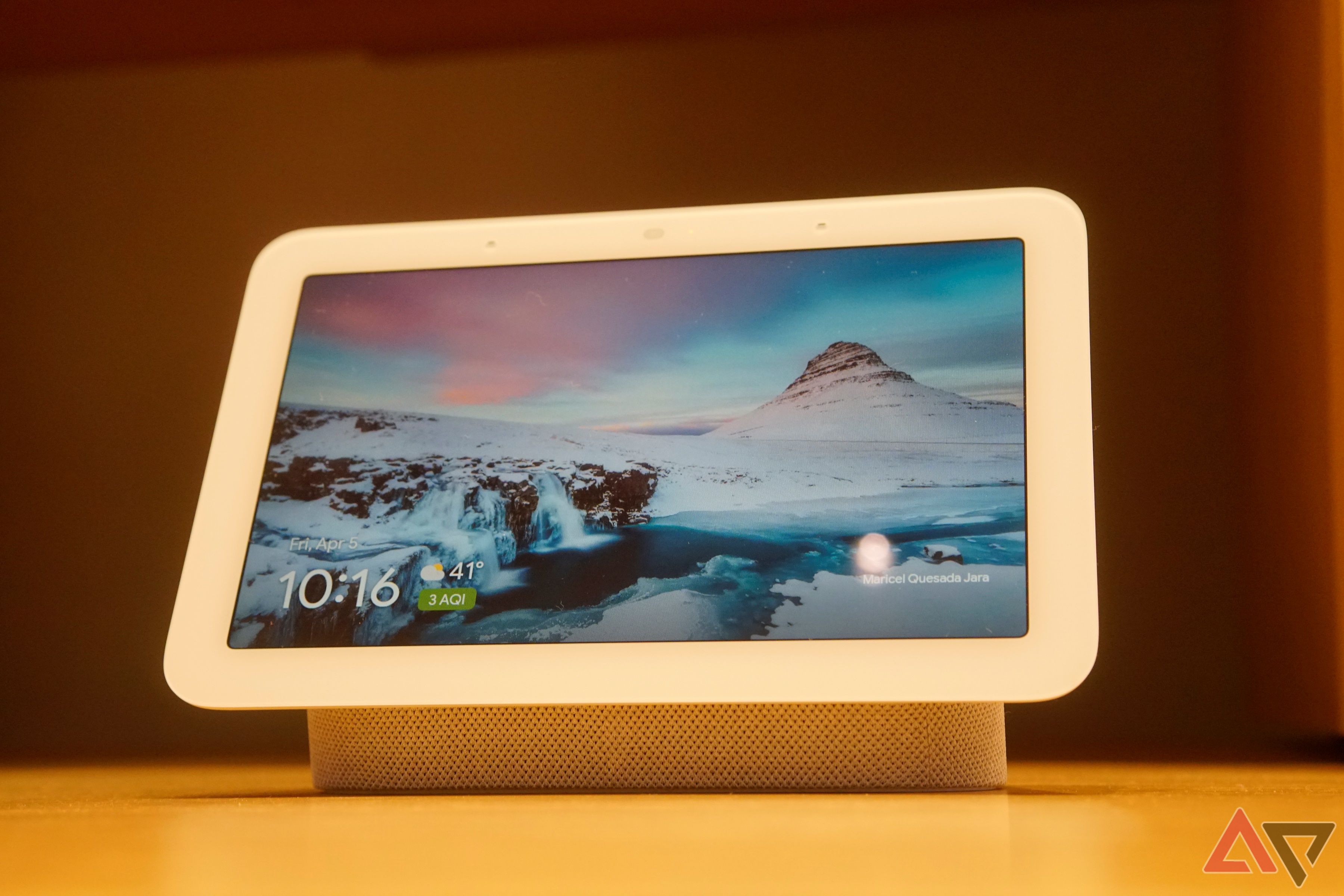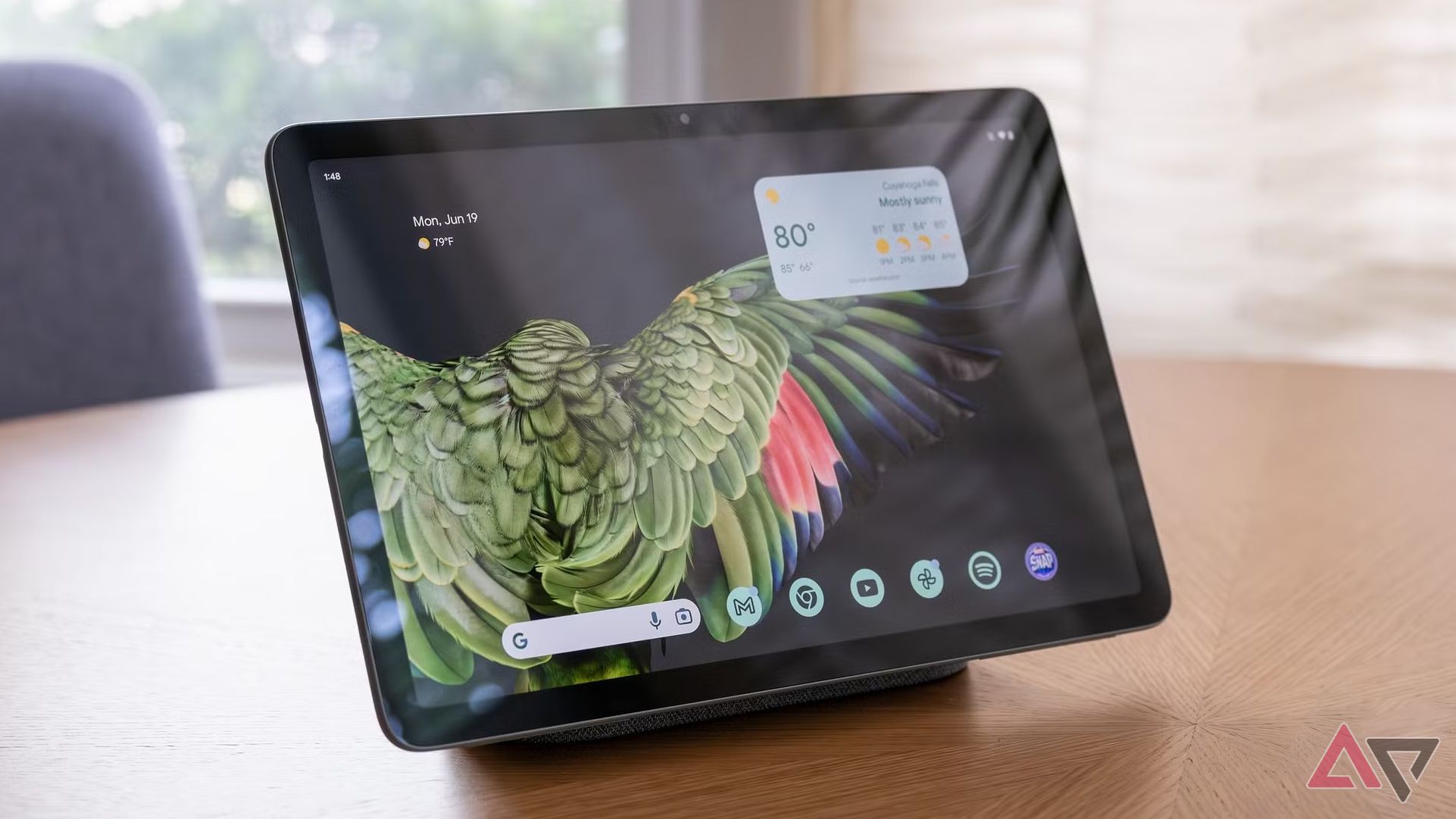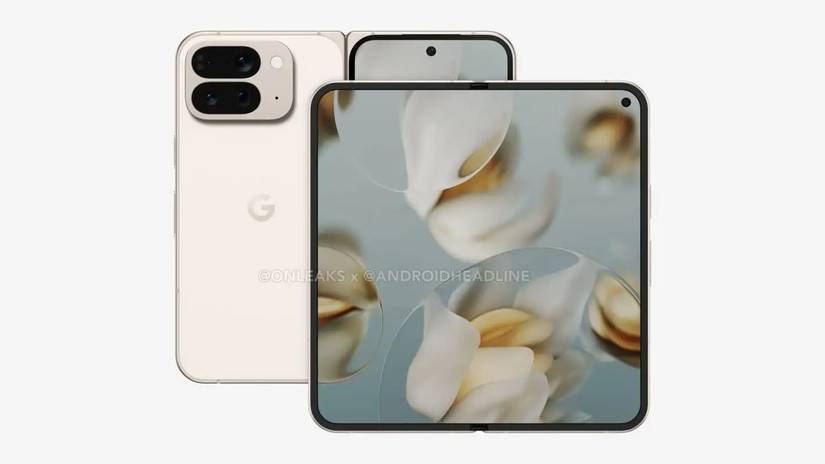By modern tech standards, the Google Nest Hub is showing its age.
The Nest Hub 2nd gen and Nest Hub Max launched in 2021 and 2019, respectively, and since then, we’ve seen no signs of a successor to either smart display.
The 2023 Pixel Tablet indicated that Google hadn’t completely forgotten about the concept of a touch-screen smart speaker, but Google made too many strange decisions for us to wholly recommend it for tablet users or those looking for a Nest Hub refresh.
Keeping older technology around is not a bad thing. The yearly smartphone refreshes are as unnecessary as they are wasteful.
Given that the Nest Hub Max is over six years old, it’s a sign that it’s, quite frankly, a great piece of home technology.
Nevertheless, there have been plenty of developments over these six years that tell me it’s time for a new Google Nest Hub.
How do existing Nest Hubs fare in 2025?
Pretty well, all things considered
Google launched the Nest Hub 2nd Gen in 2021 with great fanfare about its Sleep Sensing software.
The idea was that you would put the Nest Hub on your bedside table and read a report on your sleep quality every morning.
However, as we noted in our 2021 review of the smart display, it certainly wasn’t a feature to spend extra money on.
So, what features should a “good” smart display offer in 2025?
After browsing reviews of smart displays on various websites, including Android Police, I’ve compiled a brief list of things a “good” smart display should do:
- Switch to a digital photo frame as a screensaver
- Control smart home devices
- Answer video doorbells
- Play audio
- Easy access to voice assistants
- Simple touch controls
There’s a lot more I could list here, but none of it would be a surprise to you, even if you’ve never owned a smart display.
In short, a quality smart display in 2025 should make it as easy as possible to access relevant information, play media, and find answers to your questions, whether you’re elbow deep in pasta sauce or sprawled in your armchair on the other side of the room.
The problem is that the Google Nest Hub Max and Nest Hub 2nd Gen are just as good today at performing these actions as they were on launch.
While the transition from Google Assistant to Gemini is causing more problems than it solves, improvements are apparently just around the corner.
So, the Gemini-ification of our Nest devices (probably) won’t change the core experience.
What would a new Nest Hub need to do to impress us in the future? To answer that question, we need to look at the Pixel Tablet.
The Pixel Tablet could have revolutionized smart displays
Google couldn’t decide on what it wanted the Pixel Tablet to do
While I would never recommend buying a first-generation device from Google on launch day, they are fascinating insights into what Google’s developers and hardware designers are thinking.
The Pixel Tablet was designed to replace your existing Android tablet and smart display, but poor execution meant it wasn’t better than dedicated devices.
Nevertheless, I think that Google was on the right track with the Pixel Tablet.
Portability is key for a new Nest Hub
If I were to upgrade my apartment with a Nest Hub, I would want two. One in my kitchen, and one in my bedroom/office.
Unfortunately, this would set me back $200 for two Nest Hub 2nd Gens or $458 for new Nest Hub Maxes.
I hate spending money on unnecessary tech, and at any point, at least one Nest Hub would be completely irrelevant.
On top of that, I still want a tablet for YouTube and games, but now we have three tablet-sized displays and I can only use one at a time.
The Pixel Tablet theoretically solves this problem, but at $399 for the tablet and $200 for each Charging Speaker Dock (note you can’t buy them separately anyway), the cost is too high.
However, the concept is sound.
Pop my tablet on the charging dock while I’m cooking, where it instantly pulls up shortcuts to recipes and music apps, plus my smart home devices.
Pick it up, and it switches back to tablet mode so I can watch YouTube and play Balatro.
Move it to my office desk, and it displays relevant notifications and media controls.
A new Nest Hub should copy the Pixel Tablet’s detachable charging stand gimmick, but without the speaker, at a significantly decreased cost.
A wall-mounted option is essential, so you can slap your Nest Hub on the wall when you enter a room. Just because a Nest Hub is meant to be, well, the “hub” of my smart home, it doesn’t need to stay static.
Cheap charging stands that we can buy and place wherever we want are the perfect way to make one device feel like multiple.
Affordability is crucial
I don’t think a quality speaker is necessary for a smart display. Remove the speakers from the charging dock and place cheap replacements on the front of the display.
Want better audio quality? You can choose to invest in a dedicated speaker. I don’t need high-fidelity audio to listen to recipe instructions or chat to someone at my door.
Use hardware capable of handling smooth scrolling and low-performance apps, and you’ve got a device that shouldn’t need to cost more than $200.
Affordable Android tablets are fantastic examples of how to keep the price low but performance high. Pair this hardware with Google’s Pixel Tablet software, and you’ve got the perfect Nest Hub device.
The next Google Nest Hub should be a cheap, portable display.
When I’m imagining my ideal Nest Hub, I’m picturing a portable slate I carry around like a character in a futuristic sci-fi show.
I already struggle to see the need for a smart display when my phone is perfectly adequate at performing the same tasks.
To sell us a new smart display in 2026, Google needs to emphasize the experience of owning one.
Would I spend ~$200 on a smart display that makes me feel like a character in Star Wars? Yes, I would, even if it did force me to use Gemini.




